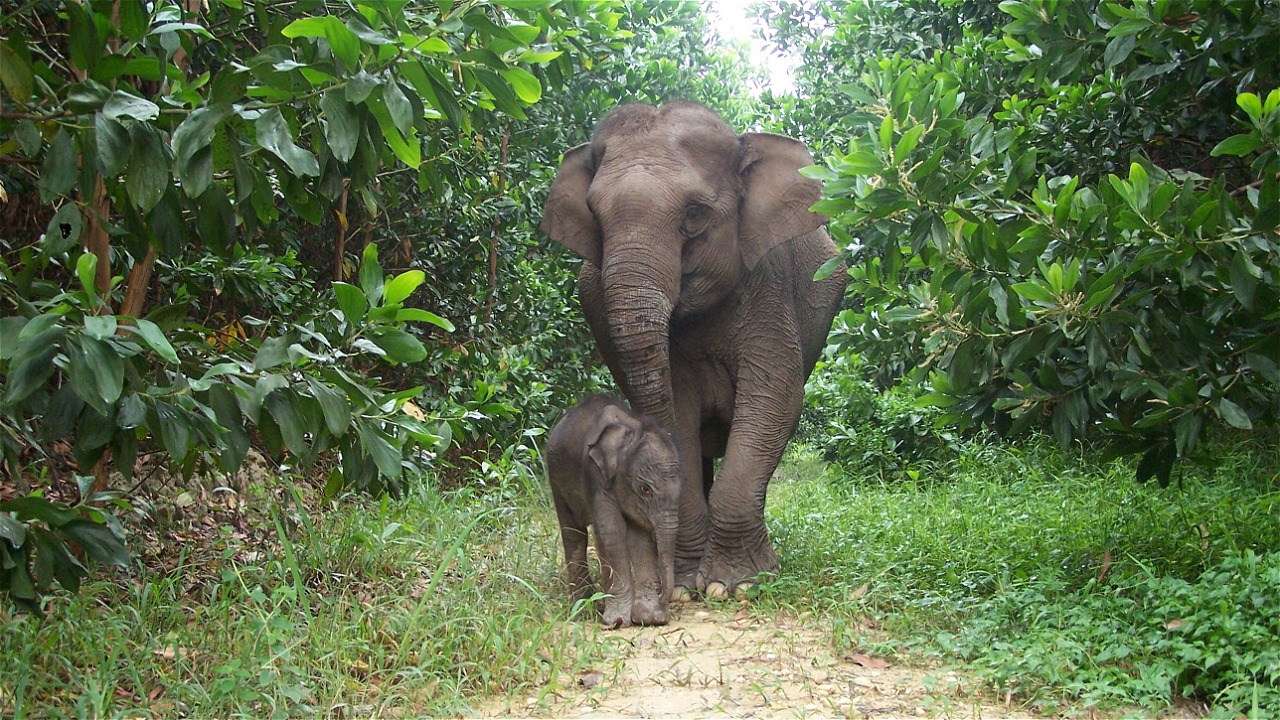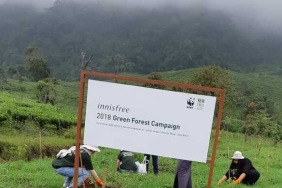SO THAT THERE ARE NO MORE VICTIMS OF HUMAN-ELEPHANT CONFLICT.
By: Ciptanti Putri
All living things need space to live. It is this need that drives humans to convert conservation areas, especially as data shows that the world's population is increasing. As a result, humans come into conflict with other living things that make the conservation area their home. One of them is the Sumatran elephant, a charismatic animal that needs 200 hectares of space (per individual elephant) to live a healthy and decent life.
The struggle for survival space between humans and Sumatran elephants is inevitable. Many elephants have died due to this struggle. WWF-Indonesia noted that of the 150 deaths that occurred in Riau between 2004-2015, around 80% were caused by poison, being shot, or having their tusks taken. On the human side, three lives were lost to elephants when they tried to prevent wild elephants from entering villages. After research, it seems that people do not know the right way to drive away these wild elephants.
In fact, humans can coexist with elephants, as long as we know their habits and home range. WWF-Indonesia is trying to find the best solution to minimize the conflict between elephants and humans in Sumatra. These include installing satellite collars to record the number of elephant groups and the location of their travel routes, building natural barricades to mark elephant habitats, and conducting trainings for local communities on how to deter elephant groups from entering and destroying community lands. The three strategies are the result of a series of research and in-depth observations by WWF-Indonesia species experts working directly in the field. The implementation of the strategies is believed to reduce or even eliminate human-elephant conflict in Sumatra so that people can once again coexist harmoniously with this iconic species.
To prevent more casualties on both sides and in the spirit of welcoming the implementation of the global Earth Hour 2015 campaign, the community can now play a real role in stopping the conflict between humans and Sumatran elephants. WWF-Indonesia is opening a crowdfunding platform to improve #NasibGajah at www.ehour.me/elephantsneedhelp. All funds raised will be used to purchase satellite collars, build natural barricades to prevent elephants from entering villages, and train communities on elephant deterrent techniques, including the creation of deterrents and simulations in case an elephant enters a village. Your contribution is urgently needed to stop human-elephant conflict so that there are no more casualties on both sides and the fate of elephants in Sumatra can be improved.
Sumatran elephants (Elephas maximus sumatrensis) are forest-dwelling mammals in the Sumatra region that have an important role in the ecosystem in Tanah Andalas. Sumatran elephants are not as large as their African brothers, but this highly intelligent species can grow up to 2.6 meters tall. Groups of elephants roam daily in the lowlands close to the river, consuming an average of 200 kilograms of food consisting of leaves, fruits, and grains. Afterwards, the elephants "dump" the unspoiled seeds along their wandering paths, which can be up to 15 kilometers per day. Elephants are also called umbrella animals. Aside from requiring a fairly long home range, the presence of elephants in an area is a sign of the availability of resources needed by other living things and an indication of survival and a healthy ecosystem.





